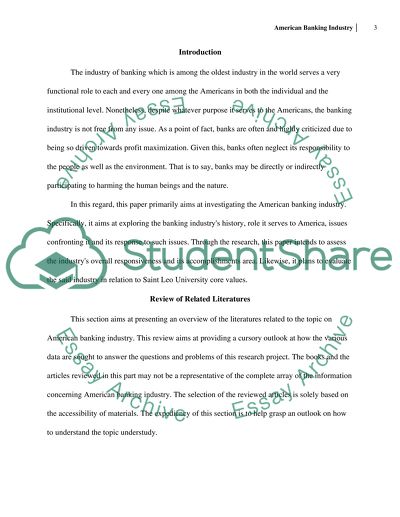Cite this document
(“American Banking Industry Research Paper Example | Topics and Well Written Essays - 4500 words”, n.d.)
American Banking Industry Research Paper Example | Topics and Well Written Essays - 4500 words. Retrieved from https://studentshare.org/macro-microeconomics/1400317-banking-industry
American Banking Industry Research Paper Example | Topics and Well Written Essays - 4500 words. Retrieved from https://studentshare.org/macro-microeconomics/1400317-banking-industry
(American Banking Industry Research Paper Example | Topics and Well Written Essays - 4500 Words)
American Banking Industry Research Paper Example | Topics and Well Written Essays - 4500 Words. https://studentshare.org/macro-microeconomics/1400317-banking-industry.
American Banking Industry Research Paper Example | Topics and Well Written Essays - 4500 Words. https://studentshare.org/macro-microeconomics/1400317-banking-industry.
“American Banking Industry Research Paper Example | Topics and Well Written Essays - 4500 Words”, n.d. https://studentshare.org/macro-microeconomics/1400317-banking-industry.


